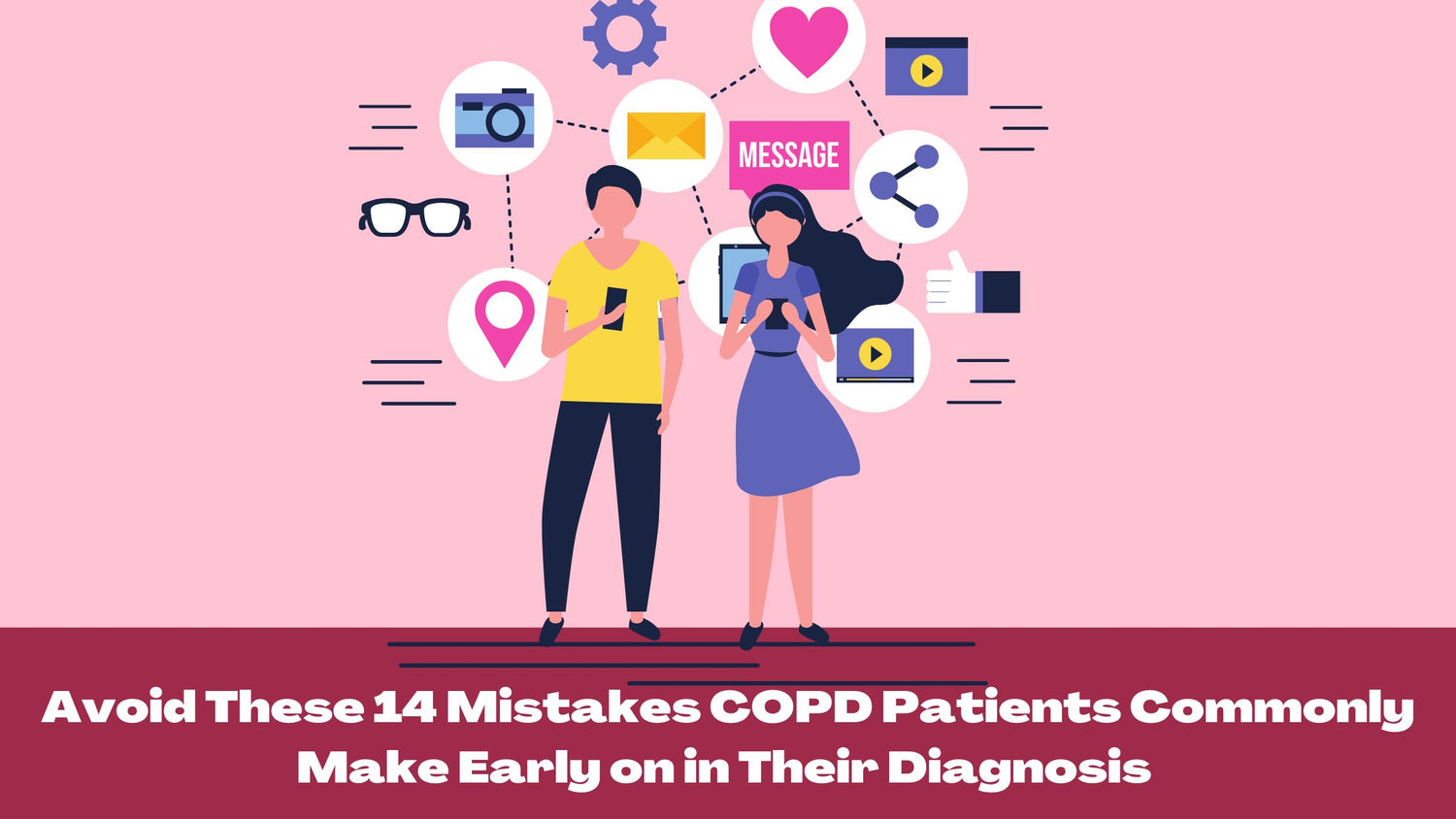Respiratory Resource Center - LPT Medical
Avoid These 14 Mistakes COPD Patients Commonly Make Early on in Their Diagnosis
Are you newly diagnosed with COPD? Do not...
Read MoreSimplify Shopping and Cooking with These 27 Tips and Tricks
If you have COPD, then you know that...
Read More12 Ways to Sustain your Vitality: Bones, Heart, and Lungs
Changes are occurring within us, both physically and...
Read More


